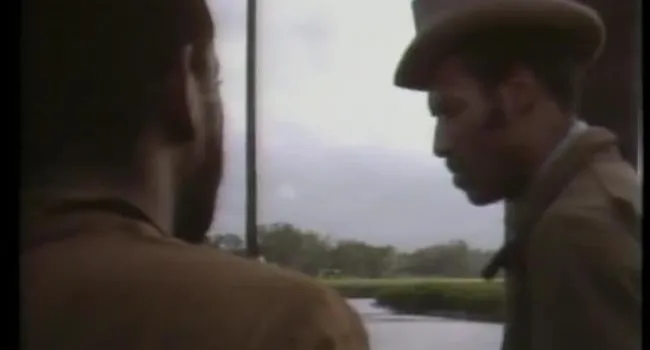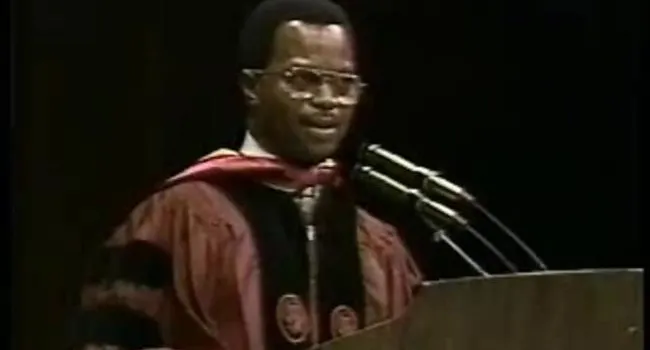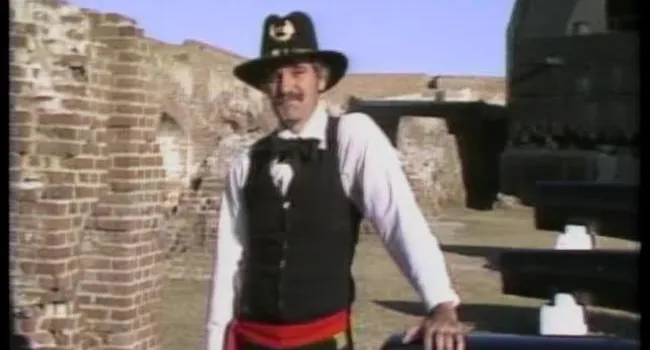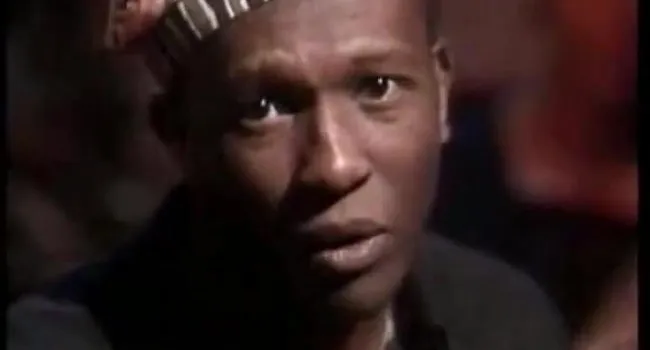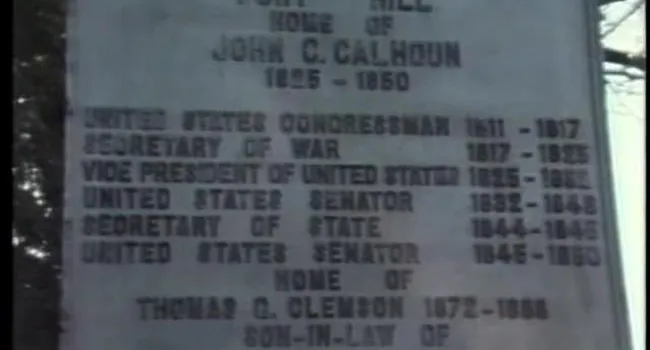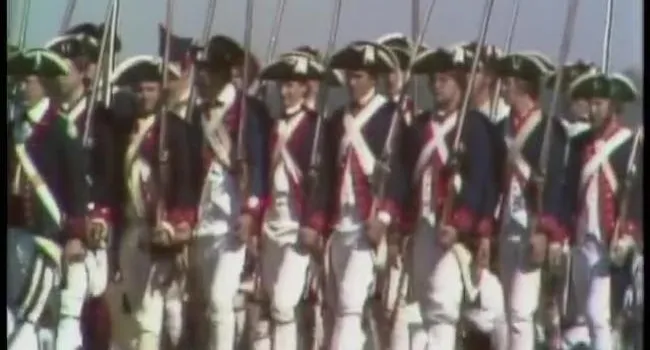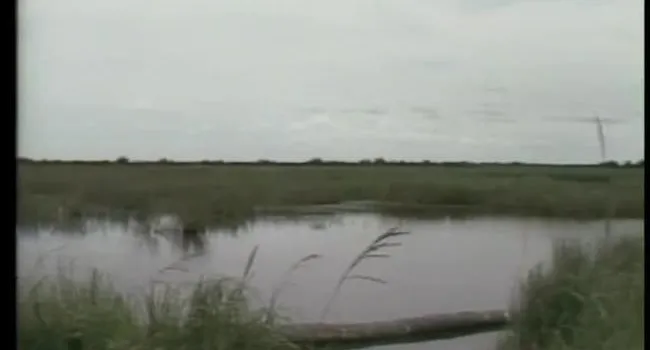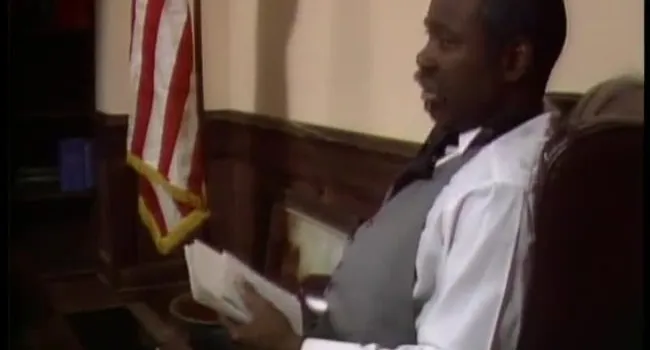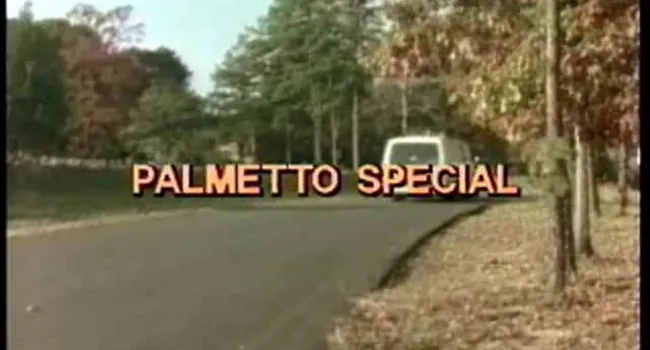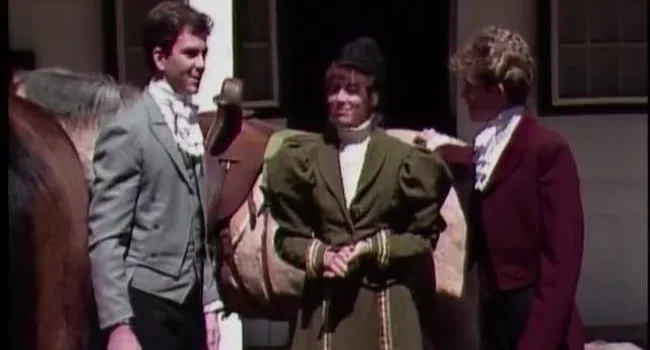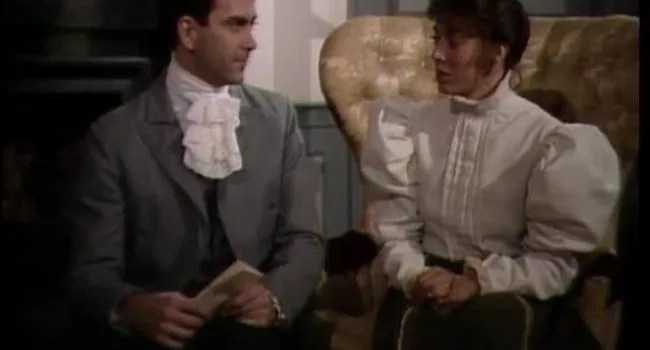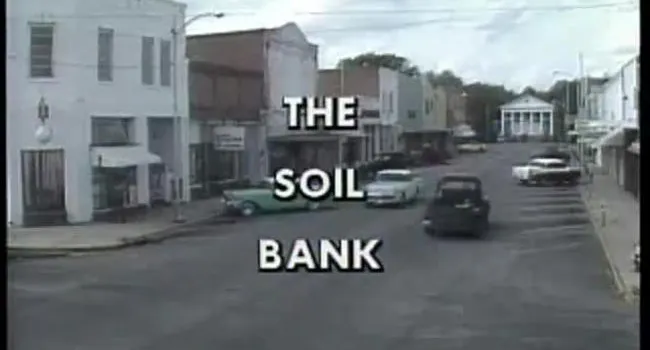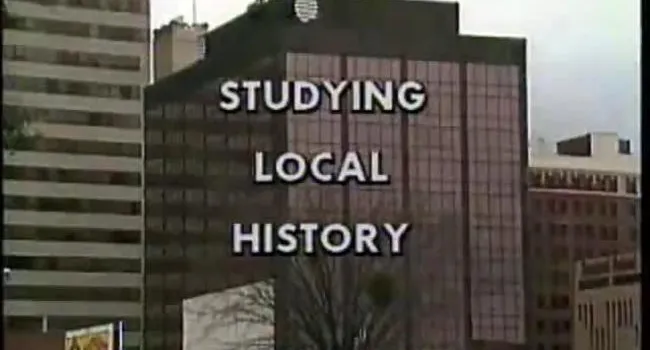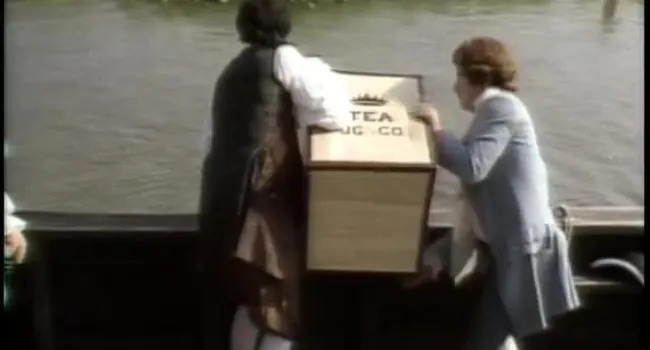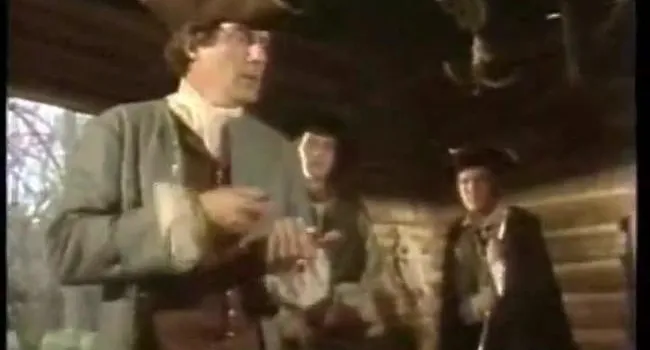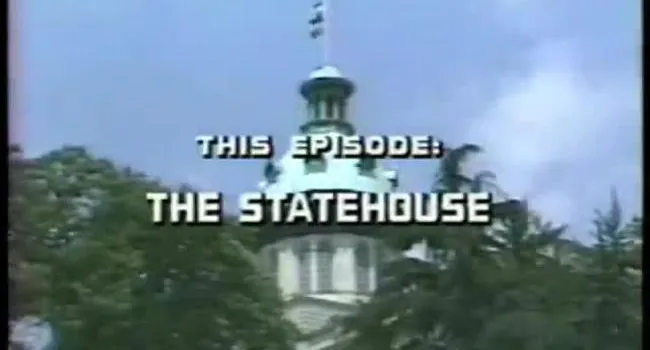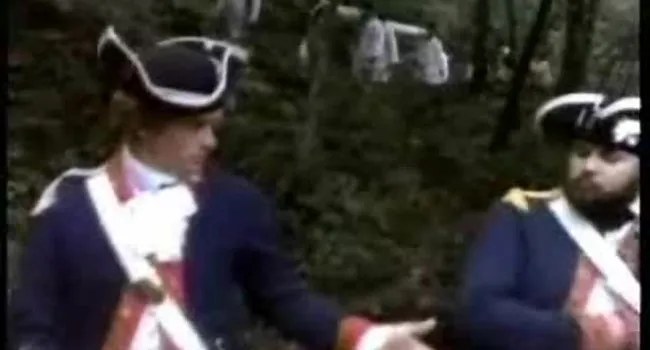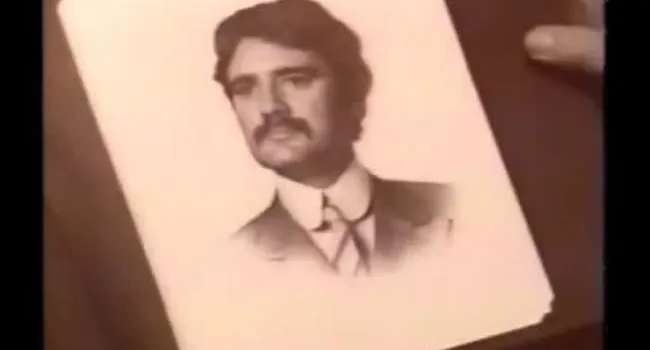The lesson contains scenes with two of Jones' more prominent guests, portrait painter, Samuel F B Morse (later to gain fame with the telegraph and the Morse code) and famed British actor, William Kean. Laws regulating free Negros were tightened after the ill-fated Denmark Vesey Revolt. Jones is shown with this guardian, who happens to be the Governor of the state. discussing a petition to allow Jones to leave the state to visit his wife, Abigail in New York and return to Charleston. Jehu and Abigail discuss plans for operating an inn and Jehu prepares to go to court to collect a debt.
In addition, the host visits a researcher at the South Carolina Department of Archives and History to flnd out how she discovered and researched Jehu Jones.
Background About Jehu Jones
In the nineteenth century, prior to the War Between the States, free Negros grew in number in South Carolina. The rnajority, however, remained slaves. They attained their freedom in a number of ways, including manumission (being freed by their master), being freed in their master's wills at his death, providing some extraordinary service to the state and doing extra work, earning money, saving it and buying their freedom themselves, and perhaps the freedom of some of their relatives. Free Negros were concentrated primarily in the Charleston, Columbia, and Sumter areas, although they were living throughouthe state.Records tell of a small community of free Negros in the Pendleton area in the Blue Ridge region of South Carolina.
Jehu Jones lived in Charleston. He was a tailor by trade, but also dabbled in entrepreneurial ventures. He was perhaps best known for the Jones Inn which he owned and operated along with his wife, Abigail.
Jones was well respected in both the black and white communities in Charleston. He belonged to the Brown Fellowship Society, a benevolent organization in Charleston made up of "persons of color" or mulattos.
Standards
- 3-4 The student will demonstrate an understanding of life in the antebellum period, the causes and effects of the Civil War, and the impact of Reconstruction in South Carolina.
- This indicator was developed to encourage inquiry into the process which led to the formation of the U.S. government, including the convening of the Continental Congresses, the passage of the Articles of Confederation, and the adoption of the U.S. Constitution.








